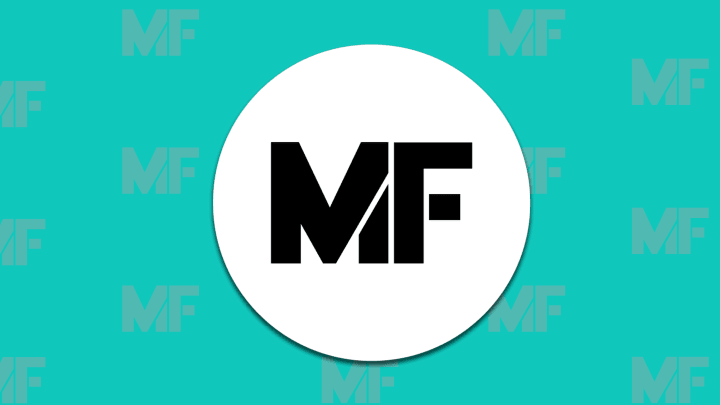Ancient Islamic Art Inspired This Expandable Material

Islamic art is easily recognizable for its complex geometric designs. Now a team of Canadian researchers have found a way to use these patterns to create a material that expands when stretched without thinning out, New Scientist reports.
The research behind the new auxetic materials was presented at a meeting of the American Physical Society in Baltimore this week. Unlike most materials, the perforated rubber sheets have been engineered to get wider when stretched and maintain their new shape. To collapse them back into their original state, they can simply be pushed back together. The process is illustrated in the video above.
When developing the material, the team looked at the variety of geometric artwork that can be found throughout the Middle East. Two patterns taken from a pair of 1000-year-old tomb towers in Iran were especially well-suited for the concept, and they used these as the basis for their first prototypes. They resemble colorful copies of the stonework designs when left alone, but when pulled apart, the geometric pieces rotate away from one other, allowing the sheet to expand without losing any thickness.
The material is fairly easy to design using a laser cutter and a latex rubber base. Smaller versions could be used to make surgical implants or wearable skin sensors while larger models could be incorporated into satellites that unfurl in space. In addition to their scientific potential, the sheets are also very pretty to look at.
Header/banner images courtesy of New Scientist via YouTube.
[h/t New Scientist]